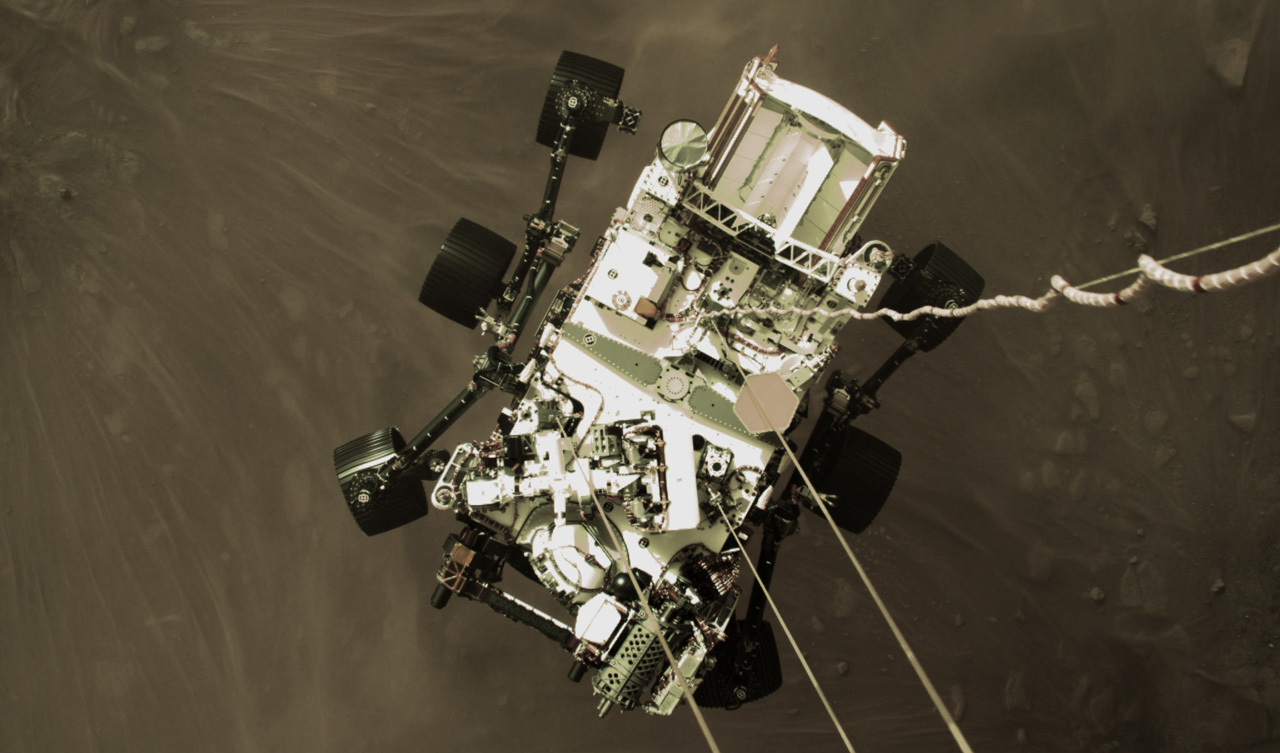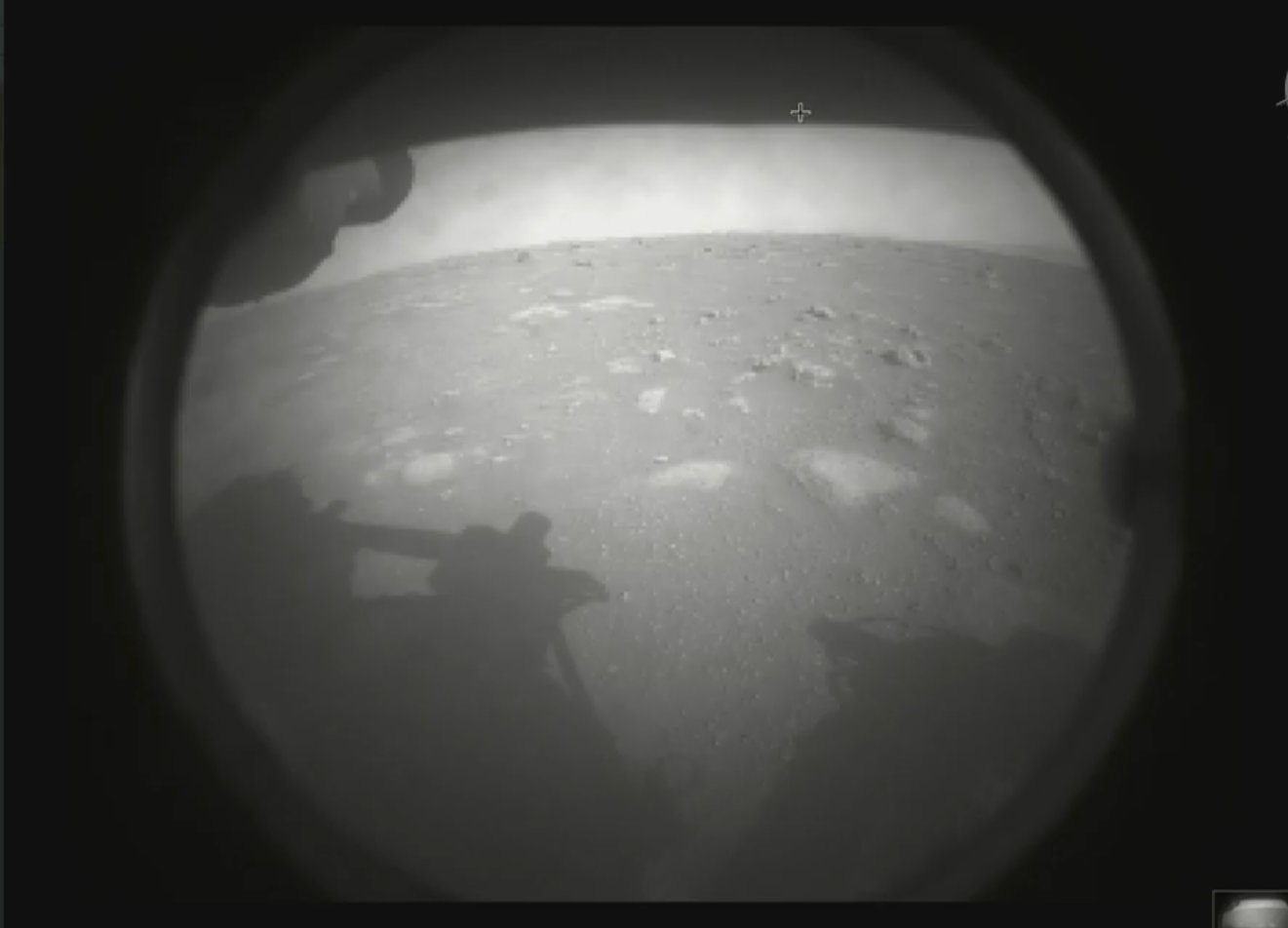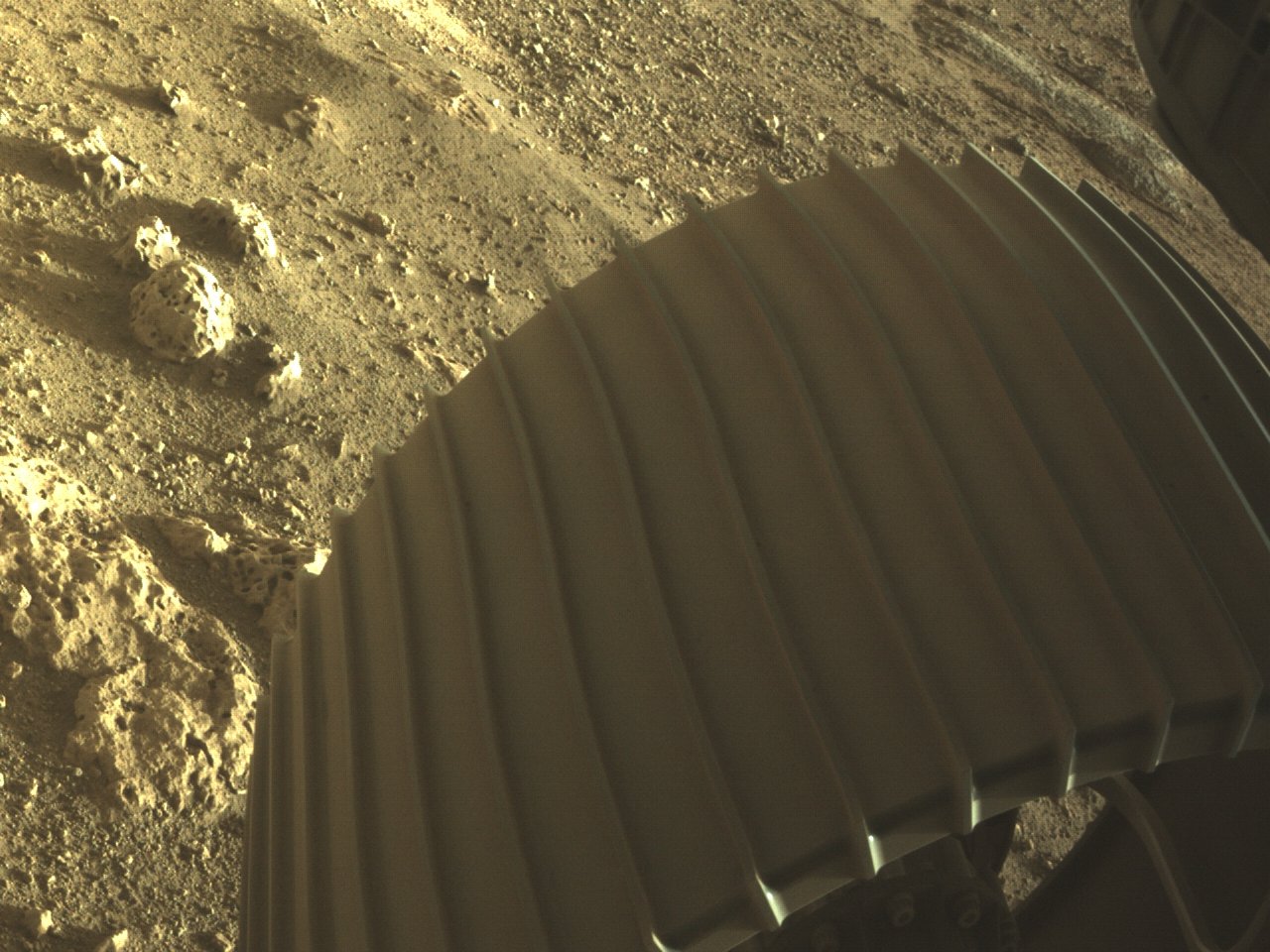
- Home
- India
- World
- Premium
- THE FEDERAL SPECIAL
- Analysis
- States
- Perspective
- Videos
- Sports
- Education
- Entertainment
- Elections
- Features
- Health
- Business
- Series
- In memoriam: Sheikh Mujibur Rahman
- Bishnoi's Men
- NEET TANGLE
- Economy Series
- Earth Day
- Kashmir’s Frozen Turbulence
- India@75
- The legend of Ramjanmabhoomi
- Liberalisation@30
- How to tame a dragon
- Celebrating biodiversity
- Farm Matters
- 50 days of solitude
- Bringing Migrants Home
- Budget 2020
- Jharkhand Votes
- The Federal Investigates
- The Federal Impact
- Vanishing Sand
- Gandhi @ 150
- Andhra Today
- Field report
- Operation Gulmarg
- Pandemic @1 Mn in India
- The Federal Year-End
- The Zero Year
- Science
- Brand studio
- Newsletter
- Elections 2024
- Events
- Home
- IndiaIndia
- World
- Analysis
- StatesStates
- PerspectivePerspective
- VideosVideos
- Sports
- Education
- Entertainment
- ElectionsElections
- Features
- Health
- BusinessBusiness
- Premium
- Loading...
Premium - Events

Percy has landed safely on Mars; what next?

Amid roaring applause, “Touchdown confirmed”, cheerfully exclaimed Dr Swati Mohan, guidance and control operations lead for NASA’s Mars 2020 mission, bringing to an end the anxious seven nailbiting moments. Perseverance, NASA’s Mars mission launched seven months ago, whizzing through 472 million kilometres of interplanetary space, had kept its rendezvous with the Red Planet on...
Amid roaring applause, “Touchdown confirmed”, cheerfully exclaimed Dr Swati Mohan, guidance and control operations lead for NASA’s Mars 2020 mission, bringing to an end the anxious seven nailbiting moments.
Perseverance, NASA’s Mars mission launched seven months ago, whizzing through 472 million kilometres of interplanetary space, had kept its rendezvous with the Red Planet on February 18, 2021. At 2:25 am IST (3:55 pm US Eastern time), the Perseverance rover touched down intact in Jezero Crater, now barren ancient Martian lake, heralding a new era in Mars exploration.
The Challenge
Landing on Mars is a demanding task. About 60 per cent of missions sent to the Red Planet have failed. To add insult to injury, the edge of Jezero crater, the chosen spot for Perseverance’s landing, is geologically challenging. The place is full of steep cliffs, large boulders and sand dunes. The spacecraft needed to avoid these treacherous features to land in one piece. As it is hurling towards Mars, like a driver scanning for a parking bay in a busy parking lot, the craft has to inspect the terrain under its feet to choose a safe, flat spot to land.
At the time of landing, Mars was about 200 million kilometres from Earth. At that distance, radio signals take 11 minutes to travel from Mars to Earth, making it impossible for ground station to control the spacecraft like a remote toy car. The multistep process of entry, descent and landing, tricky action-packed manoeuvers, had to be performed autonomously by the craft. The AI-powered system has to function faultlessly, failing which a crash would be inevitable.
Multistage landing
When the spacecraft entered the Martian atmosphere, it was hurling at a speed of 20,000 km per hour. As the craft slammed into the atmosphere due to friction, the craft was red hot, burning at 1,300 degrees Celsius. However, encased in a heat shield, the rover was well protected. Within 80 seconds, the spaceship descended to 130 kilometres altitude.
Heatshield, acting as an aerodynamic brake, reduce the speed further to 1,600 kilometres an hour. By now, the craft had plunged to an altitude of 11 kilometres. Simultaneously, like clockwork, the 21.5 meters wide supersonic parachute was deployed, breaking the speed of the falling craft further.
About 20 seconds after unfurling the parachute, the heat shield was jettisoned. With the bottom open, the landing cameras could see the ground beneath. The landing radars bounce signals off the Martian surface. Navigational parameters such as altitude, terrain-relative speed and so on were computed by the onboard computers.
Once the craft reached 2,100 meters above the surface, the parachute was cut loose along with the back shell. The jetpacks of the descent stage were activated. Carrying the rover in its belly, the descent stage moved away from the path of the falling chute and back cover.

AI-enabled system
The craft used the AI-enabled terrain relative navigation system (TRN) for the last stage of cruising. When the craft was about 1.5 kilometres above the Martian surface, the TRN came alive. The downward-pointing cameras took high-resolution images of the ground beneath.
Just as we compare the street signs with Google maps to orient in a new place, the onboard AI-powered hazard-avoidance navigation system matched the camera images with the maps stored in its memory. Orienting with the identified features on the ground, the AI-powered onboard computers located a safe landing location.
Controlling the eight engines “jetpack” of the free-flying descent stage, acting as a sort of robotic vision, the TRN steered the spacecraft towards a relatively flat spot for the final touchdown. It buzzed around 500 meters before it chose the right site to land. All these hazard avoidance manoeuvers took place in less than a minute.
When the craft was about 20 meters above and just 12 seconds to land, the rocket-powered descent stage hovered over the landing spot. Like the wheels of an aircraft deployed just before landing, the rover locked its legs into a landing position.
Using long cables, the descent-stage craft gently lowered the rover for the final touch down. Once the rover was safe on the ground, the wires were disengaged, and the descent-stage moved away to a safe distance away and crash-landed.
Seven minutes of terror
The complex and choreographed entry, descent and landing (EDL) manoeuvres took just under seven minutes. By the time the signal from Martian entry was received at the mission control room, eleven minutes had passed. In the ensuing period, the craft had reached the Martian surface. Perhaps the landing was a smooth sail, or maybe it was a crash landing. There was no way to know, no way to control; one had to wait for the signals to reach the control room.
Sporting a bindi on her forehead, COVID facemask covering her mouth and nose, all thorough adrenaline-pumping heart-racing seven minutes, Indian-American flight controller Dr Swati was unruffled. She announced calmly and clearly the completion of the critical EDL steps as they unfolded.
Millions watching the live telecast erupted in spontaneous joy as she pronounced, “Perseverance is safely on the surface of Mars, ready to begin seeking the sings of past life.” Mission accomplished.

A new journey begins
The landing is but the beginning of the rover’s sojourn. Nicknamed ‘Percy’, the one-ton mobile laboratory Mars rover will now snoop around the Martian surface looking for microbial life signs. Made of titanium tubing, the six-wheeled rover moves at a snail’s pace of 4.2 centimetres per second and drives over knee-high rocks as tall as 40-centimetres.
During the mission, which is expected to last for two years, the rover is slated to explore the Jezero crater lakebed leisurely, then roll towards the delta region and climb on to the crater’s rim. The rover will collect rock and soil samples with potential Martian biota for future return mission from each of these geologically diverse regions.
However, during the next one or two months, the rover will be stay put. During this time, the rover’s complex instruments and systems and the ‘Marscopter’, known as Ingenuity, a toy like a helicopter aboard the rover, would be deployed and tested.
Marscopter will help the rover identify potential rocks and sediments for investigation and chart its navigational path on the treacherous Martian terrain.
Further, the Mars Oxygen ISRU Experiment instrument, MOXIE, will extract oxygen from the carbon dioxide-rich Martian atmosphere. This futuristic technology could help future astronauts produce their own air and rocket fuel. NASA engineers have already commenced the checkout of power system, thermal regulators and communications equipment.
Are we alone?
This mission’s central scientific objective is to inquire one of the most profound questions in human thought: Are we alone in the Universe? Or did life, however primitive, manage to evolve in a place other than Earth. Evidence of extra-terrestrial life, even discovering a measly microorganism, would immensely propel our understanding of evolution. It would offer clues on how life evolved from non-living and open up the possibility of life on countless other worlds across the vast universe.
This is why, despite being a perilous terrain, the Jezero Crater (named after the small town of Jezero, Bosnia) was chosen as the landing site. Spanning 45 kilometres and 500 meters deep, this crater, 3.5 billion years ago, was home to a large lake fed by a network of crisscrossing ancient rivers. Now bone dry, the ancient lakebed, the fan-like delta and the sediments deposited by the archaic drainage offers one of the best places on Mars to look for signs of past microbial life.
Using SHERLOC (Scanning Habitable Environments with Raman & Luminescence for Organics and Chemicals), Percy will shoot UV lasers on select target sediments. The laser will vaporise the rocks and soil, releasing the chemicals contained in them.
The UV Raman spectrometer will sniff the emitted vapour to look for ancient Martian microbes’ fossil chemical signatures. This will be augmented with the Planetary Instrument for X-ray Lithochemistry (PIXL). PIXL will take microscopic images and analyse the elemental composition and mineral makeup of Martian rocks and soil.
Miss my landing? Catch the highlights below.
Send us your own highlights too. Share your pictures and video using #CountdownToMars. pic.twitter.com/OL2wSAi36e
— NASA's Perseverance Mars Rover (@NASAPersevere) February 19, 2021
Where has all the water gone?
Like Jezero crater, vast regions of Mars show tell-tale signs of water that was once gushing through them. Such geological features unmistakably point to ancient rivers, branching rivulets, river valleys, basins, and deltas. Billions of years ago, the whole of the Northern Hemisphere of Mars was covered with a vast ocean. If there was liquid water on the surface, then Mars was likely to have been wrapped in a thick atmosphere capable of maintaining liquid surface water.
Bafflingly sometime in its past, Mars metamorphosed from a water-rich planet to a dry and dusty one. What triggered the Martian climate change? Where did the copious water go? How did Mars lose its thick atmosphere? Some suggest that the water that once on the surface is now deep underground. With Radar Imager for Mars’ Subsurface Experiment (RIMFAX), the rover will be able to send waves 30 feet deep and identify ice or water hidden beneath the surface of Mars, if there is any.
Bringing sample to the Earth
Since the 1970s, scientists have been looking for signatures of ancient life on Mars. However, the evidence so far collected has remained inconclusive. While the robotic analysis helps, if only we can bring back samples to Earth, many sophisticated tests could be performed.
Another primary task for Percy is to collect suitable samples for retrieval and return by future missions.
Percy is fitted with the state-of-art robotic arm, with joints mimicking human shoulder, elbow and wrist sockets. With this dextrous robotic arm and using cylindrical drill tools, Percy will drill into rock interiors and scoop rock samples and collect regolith, the loose, grainy surface on Martian soil. Each of these samples, about 10-15 grams, will be packed into clean sterilised cigar-sized tubes. The canister containing samples would be left in a designated spot on the Martian ground for a future spacecraft to retrieve them. Thus the mission is the first step in a multi-decadal effort to bring Mars rocks to Earth.

Abode on Mars
So far, no human has set foot on the red planet, and all that may change in the next decade. The human mission to Mars is on the design table. If and when humanity is searching for a second home, Mars is more likely to be the first choice.
A little more than half of the Earth’s size, with only 38 per cent of Earth’s gravity, Mars could become a second Earth. A day on Mars lasts 24 hrs and 37 minutes, and a year 687 Earth days. Though it is small compared to Earth, the land area on the planet is almost equal to the Earth’s continents’ surface area.
Its atmosphere lacks an appreciable quantity of oxygen, rich in carbon dioxide, and contains toxic methane gas. Water is locked in its icy polar caps and perhaps beneath its surface. Percy’s mission is the first step of that proverbial thousand step journey.
Party on Mars
The United Arab Emirates’ first-ever interplanetary Hope Mars mission and China’s first Mars exploration mission- Tianwen 1 reached Mars in February 2021. These two new arrivals join a fleet of six orbiters already going around Mars.
NASA’s Mars Odyssey (2001), Mars Reconnaissance Orbiter (2005), MAVEN (2013), Europe’s Mars Express orbiter (2003), Russian Europe mission ExoMars Trace Gas Orbiter (2016), and India‘s Mars Orbiter Mission, also known as Mangalyaan (2013) are orbiting the Mars.
On the ground, it is less crowded. Along with Percy, NASA’s Mars Insight lander in 2018 and NASA’s Curiosity rover touched down in 2012 are the only mission still operational on the surface of Mars. However, in the next few weeks, Chinese Tianwen 1 lander and rover may join the party.
